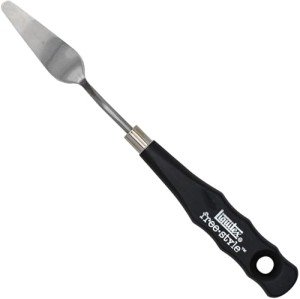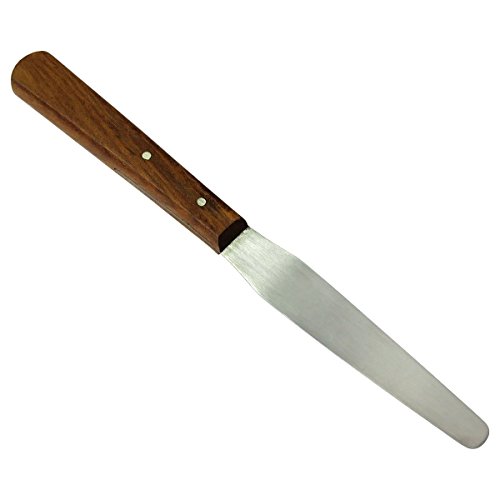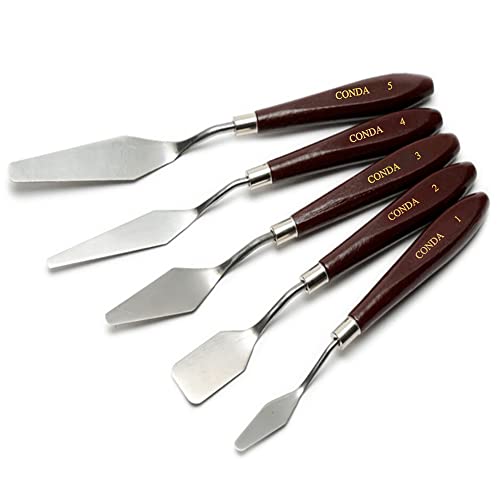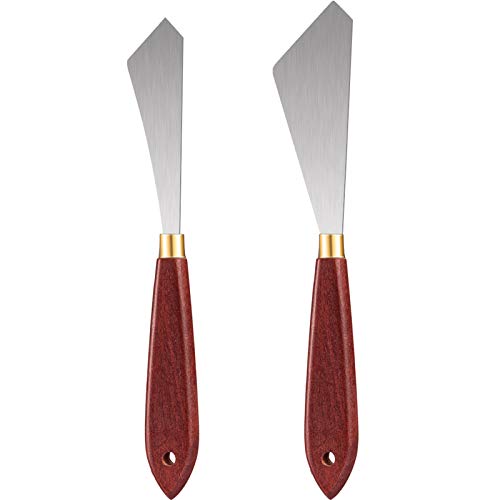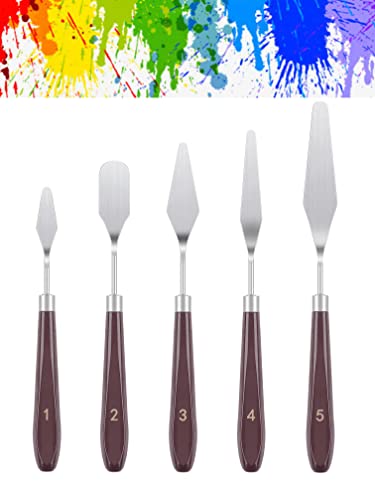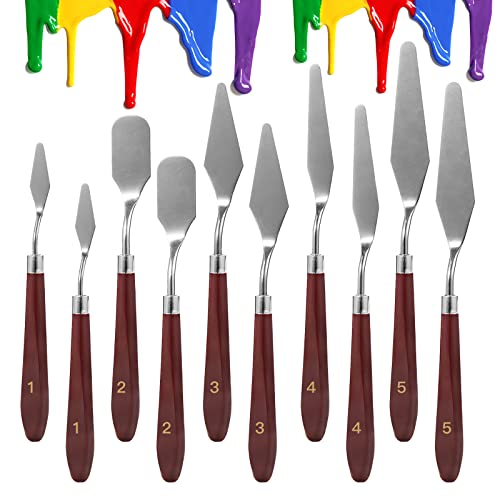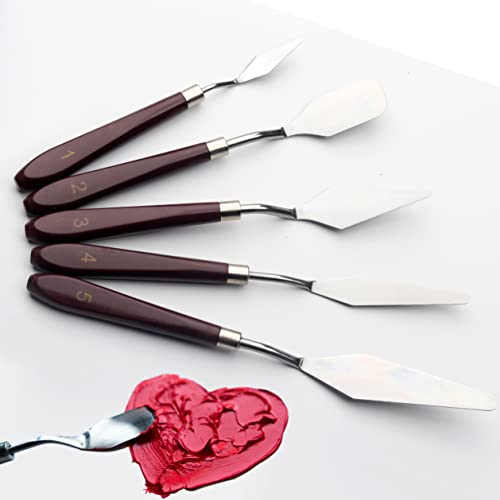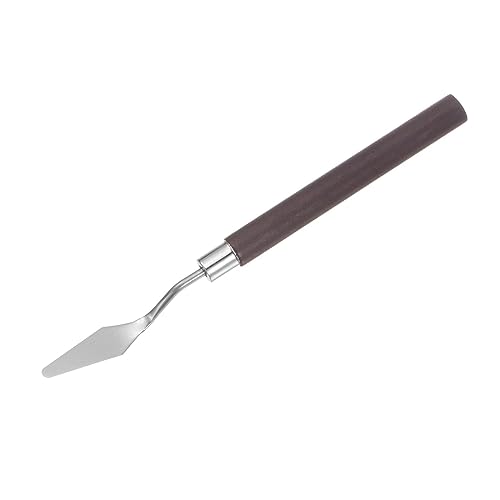The palette knife, a simple yet versatile tool, has been an essential instrument in the world of art for centuries. Artists have employed it in various mediums, from oil painting to sculpture, to create unique textures, add depth, and explore new artistic possibilities. In this article, we will delve into the history, uses, and enduring significance of the palette knife in the realm of art.
A Brief History
The origins of the palette knife can be traced back to the early Renaissance, where artists first began using small, flat blades to mix and apply pigments. These early versions were rudimentary compared to the palette knives we know today. Over time, the tool evolved, with artists experimenting and refining its design.
It wasn't until the 19th century that the palette knife gained popularity as a tool for artistic expression. Artists like John Constable and Camille Pissarro started using palette knives to create distinctive texture and impasto effects in their oil paintings. Since then, the palette knife has continued to evolve and diversify its uses in the world of art.
The Palette Knife in Oil Painting
One of the most well-known applications of the palette knife is in oil painting. Artists use it to mix colors directly on the palette, applying them to the canvas with precision and control. The palette knife allows for the creation of bold, textured strokes, and imparts a unique visual appeal to the artwork.
Impasto Technique
The palette knife is instrumental in achieving the impasto technique, where thick layers of paint are applied to the canvas. This technique results in a three-dimensional, sculptural quality in the artwork, as the paint stands out from the surface. Artists like Vincent van Gogh and his iconic sunflower paintings are celebrated examples of the expressive potential of the impasto technique.
Texture and Depth
Palette knives are also invaluable for adding texture and depth to paintings. Artists can use the knife to create rough, sculpted surfaces or smooth, polished areas, enhancing the tactile and visual experience of the artwork. This versatility allows for the exploration of various styles and effects, from abstract to realism.
Beyond Oil Painting
While the palette knife is most commonly associated with oil painting, it has found applications in other artistic mediums as well.
Acrylic Painting
Artists working with acrylics have also embraced the palette knife. Acrylic paints, which dry quickly, allow for layering and texture creation similar to oil paints. The palette knife can be used to create dynamic, layered compositions with vibrant colors and expressive textures.
Mixed Media
The palette knife's adaptability makes it an excellent tool for mixed-media artists. It can be used in conjunction with other materials, such as collage elements, to add texture and depth to mixed-media artworks. The juxtaposition of different textures and materials creates visually stimulating and engaging compositions.
Sculpture
In sculpture, the palette knife serves as a versatile tool for shaping and texturing various sculpting materials, including clay, plaster, and even wood. Sculptors can use the knife to carve, shape, and refine their creations, giving them a unique and expressive touch.
The palette knife stands as a testament to the enduring importance of simplicity and versatility in the world of art. It has evolved from a basic mixing tool to a multifaceted instrument for creative expression in various mediums. Whether applied in oil painting to create rich textures and impasto effects, incorporated into acrylics or mixed media for added depth, or used in sculpture to shape and refine forms, the palette knife remains a cherished tool for artists seeking to push the boundaries of their creativity.
In the hands of skilled artists, the palette knife transforms pigments and materials into dynamic, tactile, and visually captivating works of art. Its rich history and continued relevance serve as a reminder of the ever-evolving nature of artistic expression, where even the simplest of tools can yield extraordinary results.
